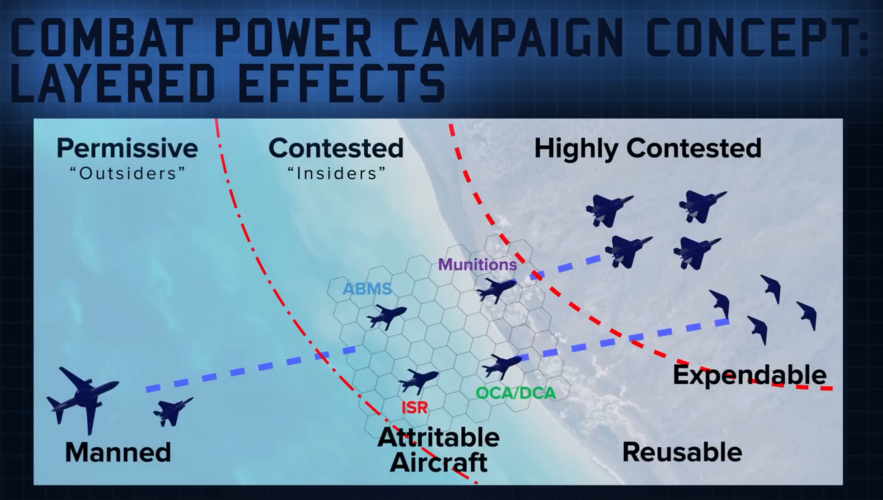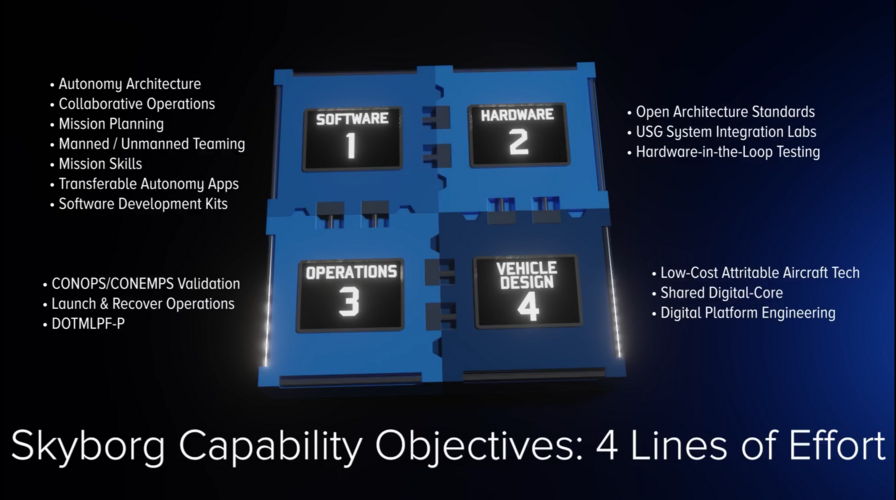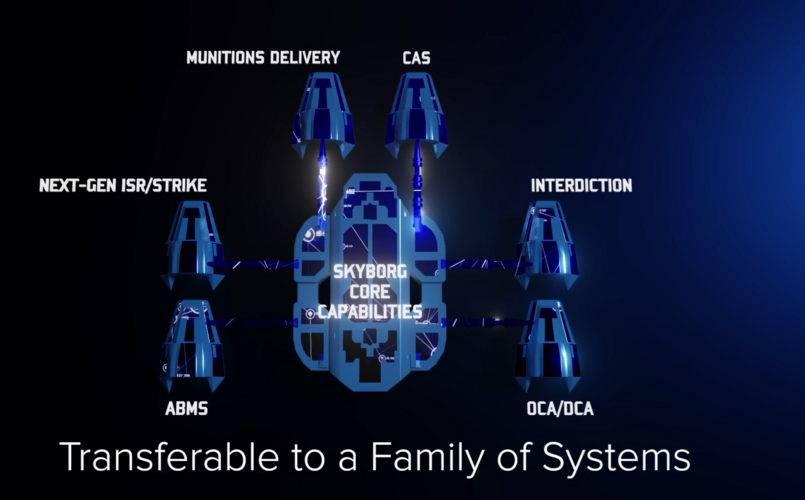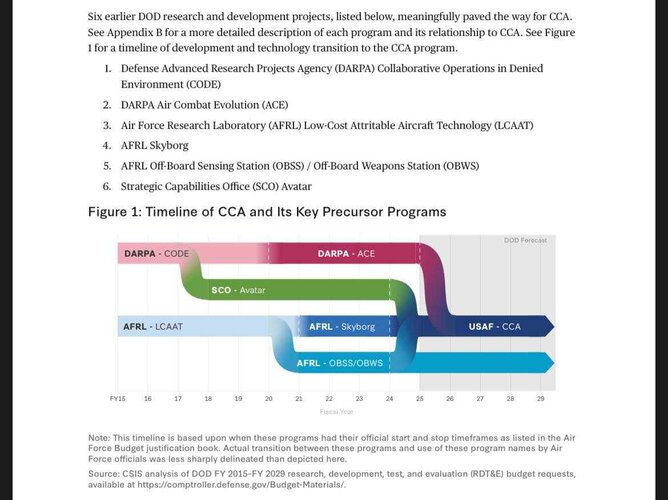Might as well add a human and call it a manned fighter?

In my opinion there's tremendous advantage in keeping this as low cost as they can get. Build something that has the range, and has a useful weapons carriage capacity given your intended CONOPS. Add low cost, low SwAP passive sensors and comms and call it a day. Other manned aircraft, and larger UCAV's with more sophisticated sensors plug into the system to elevate its performance. Start thinking like a fourth or fifth generation fighter mission system architecture (active and passive sensors, defensive suite, and other SA aids) and you end up with basically an unmanned fighter which this thing is not intended to be.
The conundrum the AF could however find itself with that apporoach is that it is probably really 'expensive' to have something really 'cheap'. Expensive in terms of inventing and funding new production techniques and going all in on next generation of comms and autonomy. I think those things make or break the 'CCA' model in the long term and that's where the competition with China and others having a similar approach to air superiority and other missions, is going to be fought.
That said, we have at least one low-SwAPc EW suite being developed for CCA's from the ground up.
View: https://x.com/AirPowerNEW1/status/1871155990625747194





